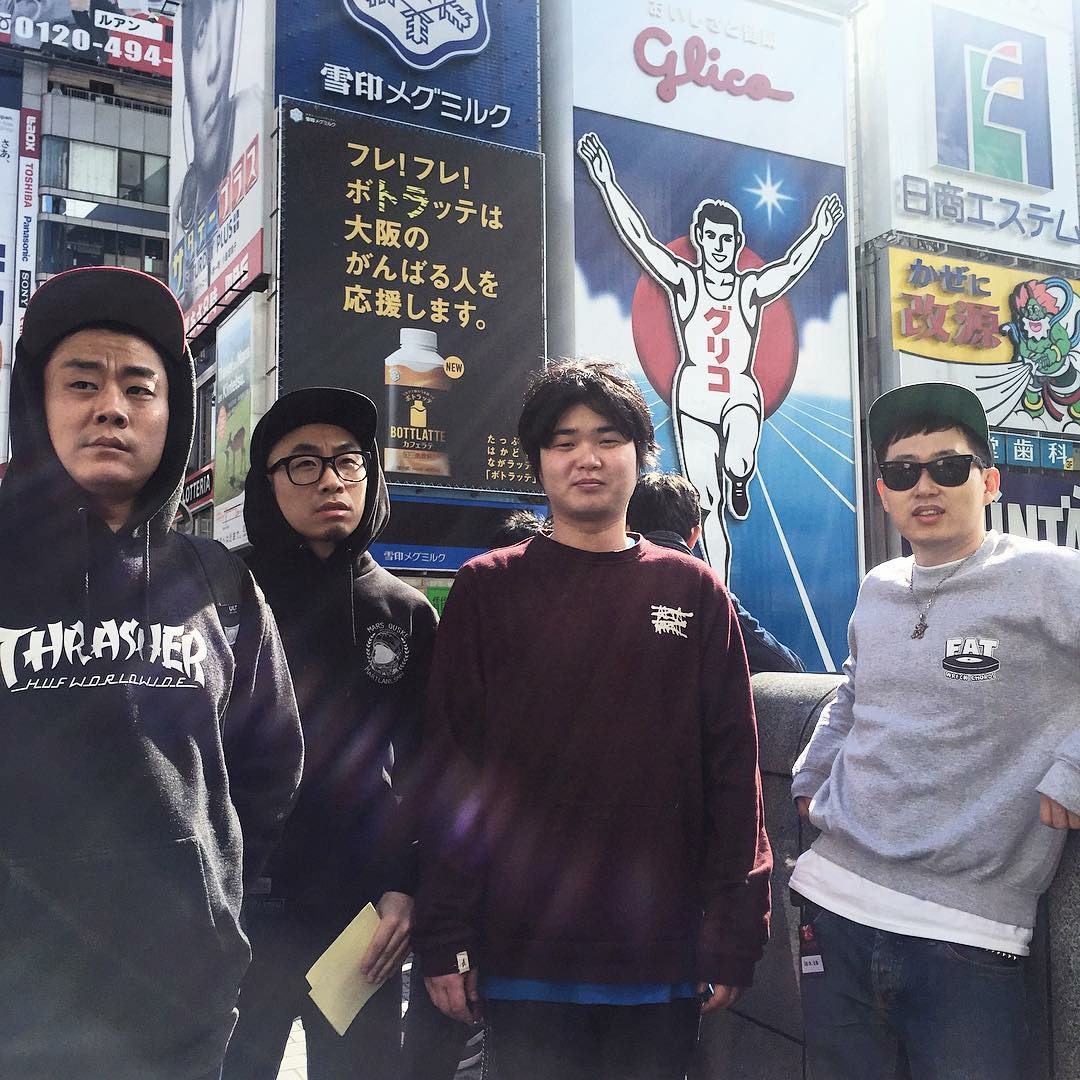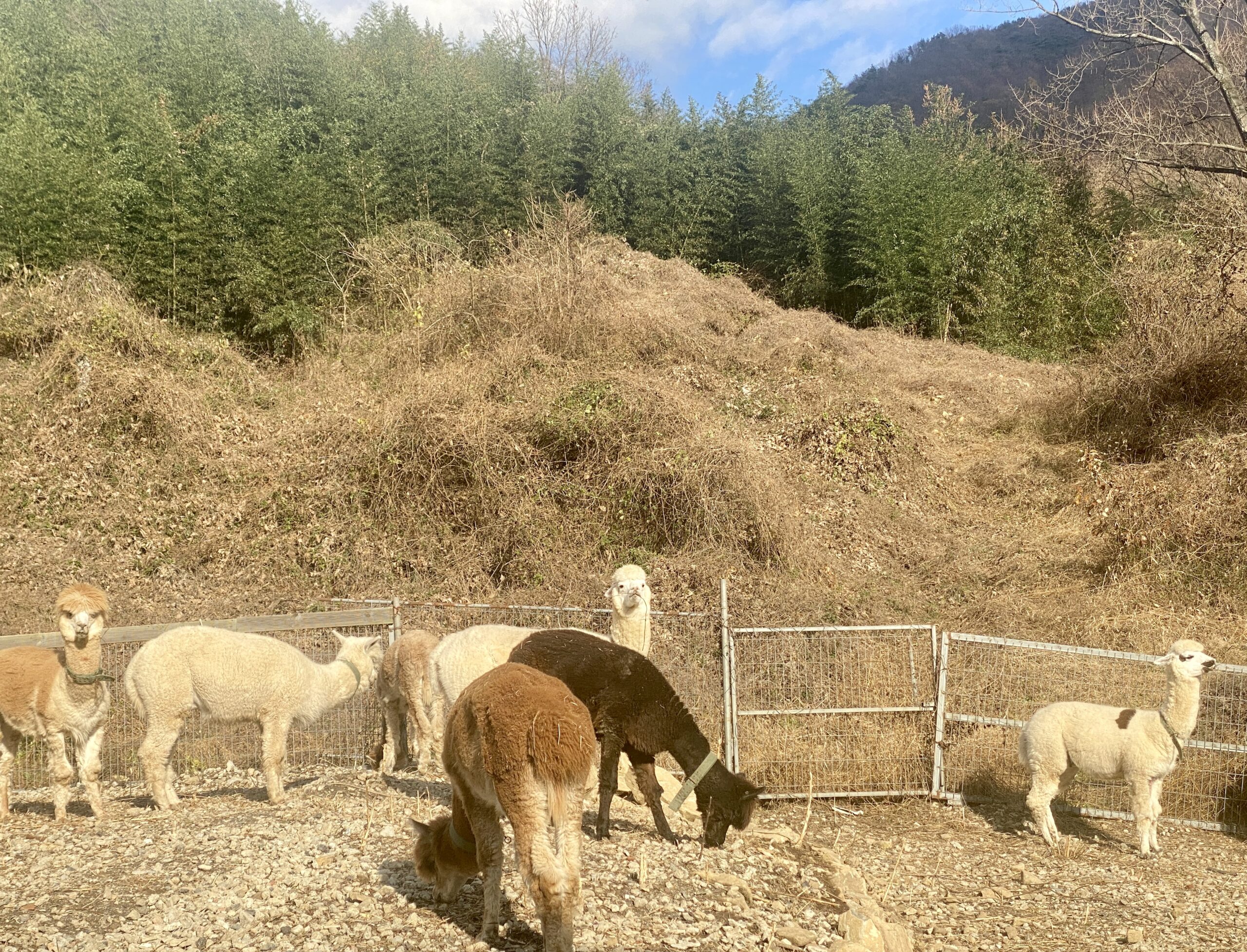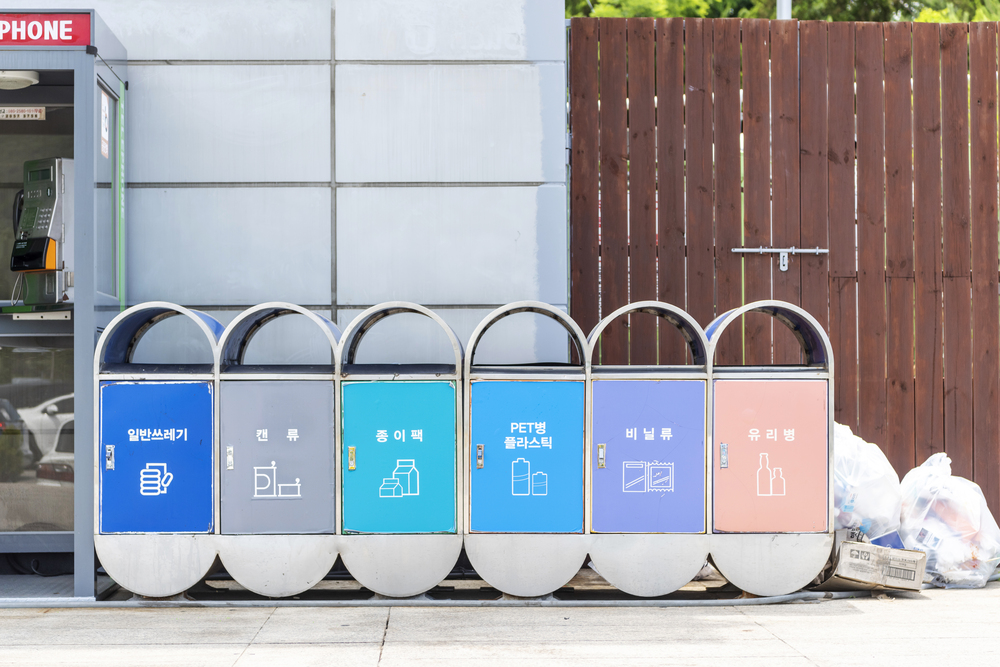The Magic to Creating Toilet Paper
By Chung Hyun-hwa
The Magic
A magic trick to get toilet paper out of “almost” nothing? All you have to do is collect. Collect what? Just collect milk, juice, and drink cartons or used batteries. How? I will tell you. A milk carton is not just paper. It is paper, but coated with thin PE plastic inside and outside, and batteries contain heavy metals, so they should be collected separately. To promote the recycling of these, each local community service center (주민센터, jumin senteo) will give you points toward toilet paper. Some centers just measure the weight to check the amount (e.g., two rolls for 1 kg or 100 points towards toilet paper). This is the magic! Too simple? One tip for collecting cartons is that you have to cut them open, and wash and dry them to prevent foul smells. Check your nearby jumin center for your “almost” free toilet paper!
Almost Anything
Almost anything can be recycled, technically speaking. For instance, in a spaceship, everything is recycled because the resources are absolutely limited. Then why is the recycling rate so low in our life? One reason is because recycling is done only as long as it is cost effective. Then, what makes it so cost ineffective? Products are made with multiple materials, and unless they are already separated, recycling companies do not put in the effort to separate them. Of course, if the material is rare and expensive, such as gold, and the value surpasses the cost of the labor, it will turn into a gold mine. If the trash is “dirty,” which means it is not a single material, it is not going to be recycled because pre-treatment is going to be costly.

Trash or Resources?
What should we do to get everything recycled? Rinse, dry, and detach labels before taking them out for recycling collection. At the sorting factory, separation is done manually on a conveyor belt. From the flood of collected items, only the items that are clean and easy to distinguish get recycled. Because of COVID-19, more trash is pouring out and even fewer portions are being recycled. What happens to the rest of the collected items that were not picked out for recycling? They are mostly incinerated. According to Dr. Suyeol Hong, a trash specialist, “Newly built incinerators dramatically reduced the release of hazardous gases, including dioxin, to a level 10 times lower than the standard. They leave only 4 percent of the input trash for landfill, generate electricity with the heat, and leave 15 percent of solid recyclable material. However, burning plastic still releases much greater amounts of carbon into the air than natural materials.” This is the main reason we should reduce the amount of trash, especially of plastic, in the first place. Recycling should be mandatory to minimize the carbon from incinerators. We should remember almost anything is technically recyclable.
| Items | Where to Recycle | Remarks |
| Medicine | Pharmacy | To avoid soil contamination |
| Soju, beer bottles | Convenience stores and supermarkets | To get money back |
| Plastic | Transparent PET bottle recycling section | Rinse, squash, and put the cap on. |
| Other plastics section | Rinse and dry. | |
| Shaving foam, spray cans | Can recycling section | Punch a hole in these to release gas to prevent explosion. |
| Bubble wrap | Vinyl recycling section | |
| Icepacks | Regular recycling section, if there is a separate collection bin. | Wrap it up with a towel and use it as a cooling pad during heat waves. |
| Styrofoam | Styrofoam recycling section | White only |
| PVC transparent food wrap, laminated paper (business cards, receipts, pictures), broken glass, broken florescent lights, porcelain goods, hard food waste (bones, eggshells, seashells, nutshells, and dried garlic cores) | Trash section |
If not sure, follow the recycling mark on the product, and always rinse first.

One Big Bonus Tip!
Free home appliance pick-up service for recycling does in fact exist. (You can reserve pick-up on the site in the graphic: http://www.edtd.co.kr/ 폐가전제품 배출예약시스템). Big items such as refrigerators, washing machines, ACs, TVs, ovens, vending machines, treadmills, dishwashers, copy machines, electric water purifiers, electric water dispensers, air purifiers, microwave ovens, and dehumidifiers can be picked up individually. Five or more items, other than those mentioned above, can be picked up as a group. If you have one big item reserved to be picked up, it is possible to add other small items on the side. This is important because freon gas in air conditioners and heavy metals in appliances should be collected properly so as not to affect the environment.
Resources
Gwangju Metropolitan City. (2021, August 9). 쓰레기 분리배출이것만 기억하세요! 카드뉴스 http://www.gwangju.go.kr/boardView.do?boardId=GR_0302000000 &pageId=www802&searchSn =605# 2021.08.09
Kim, G. (2021. August 3). 소각은 재 4%와 탄소를 남기고. The Hankyoreh. https://h21.hani.co.kr/arti/society/environment/50728.html





